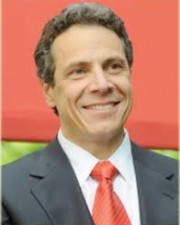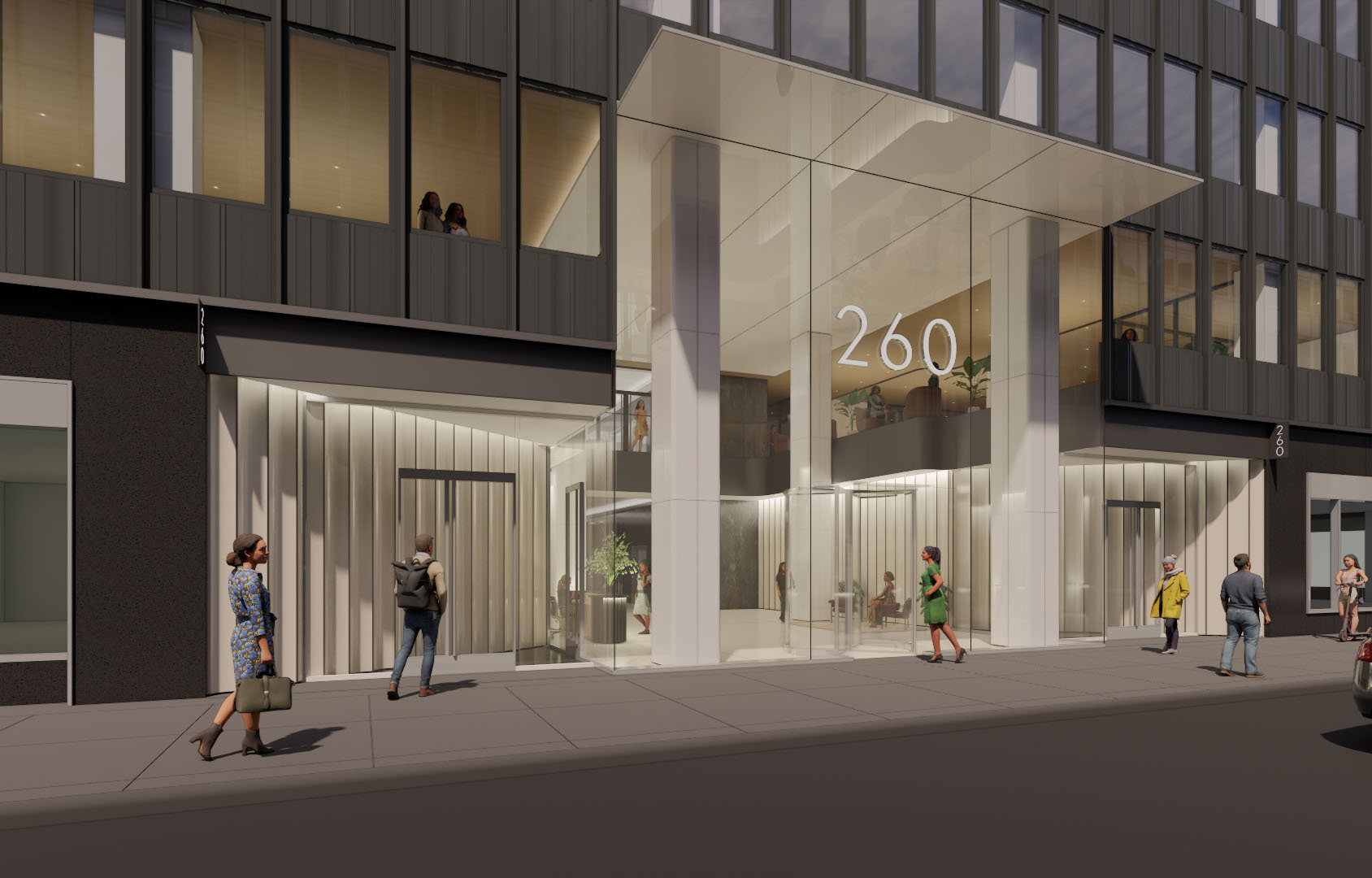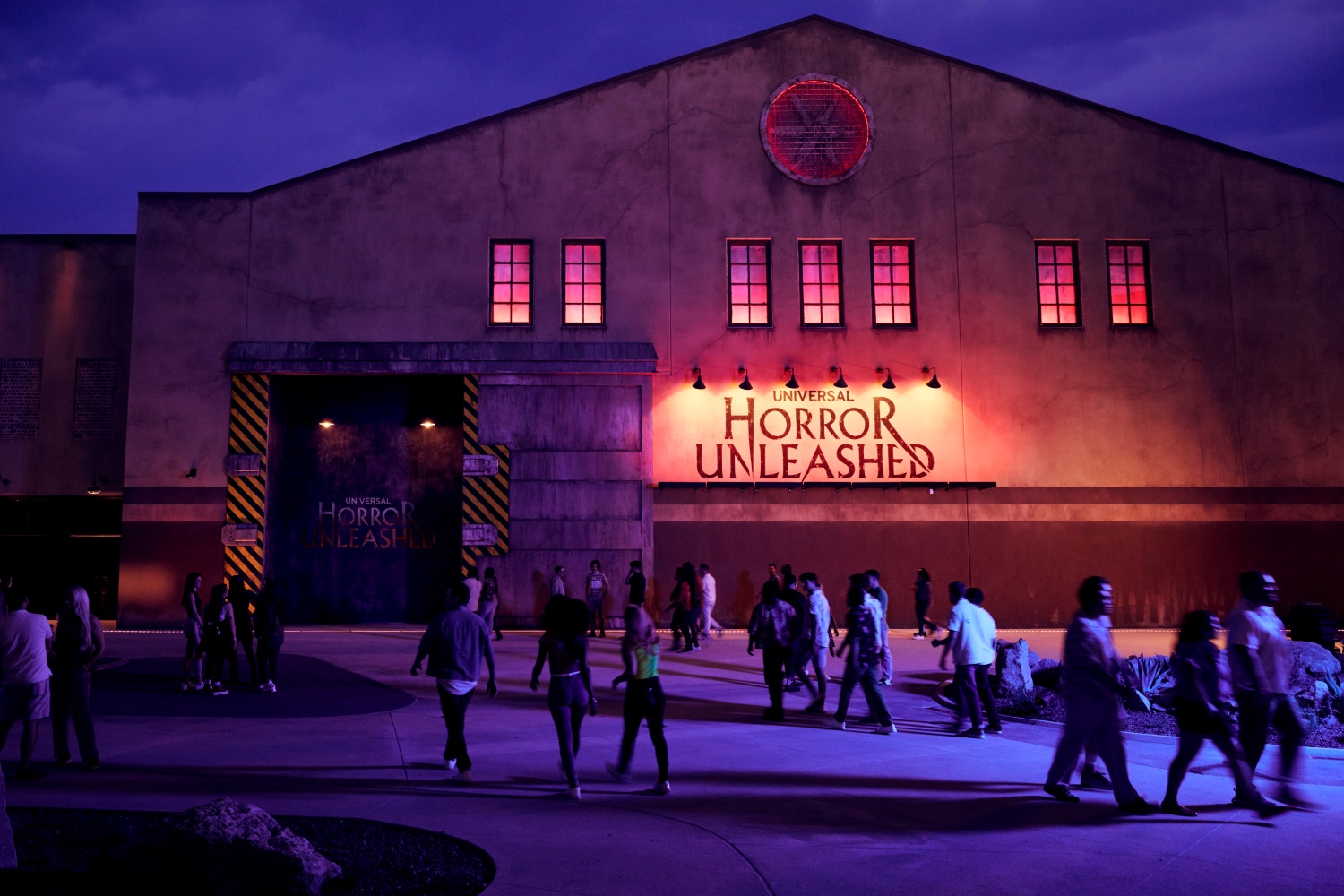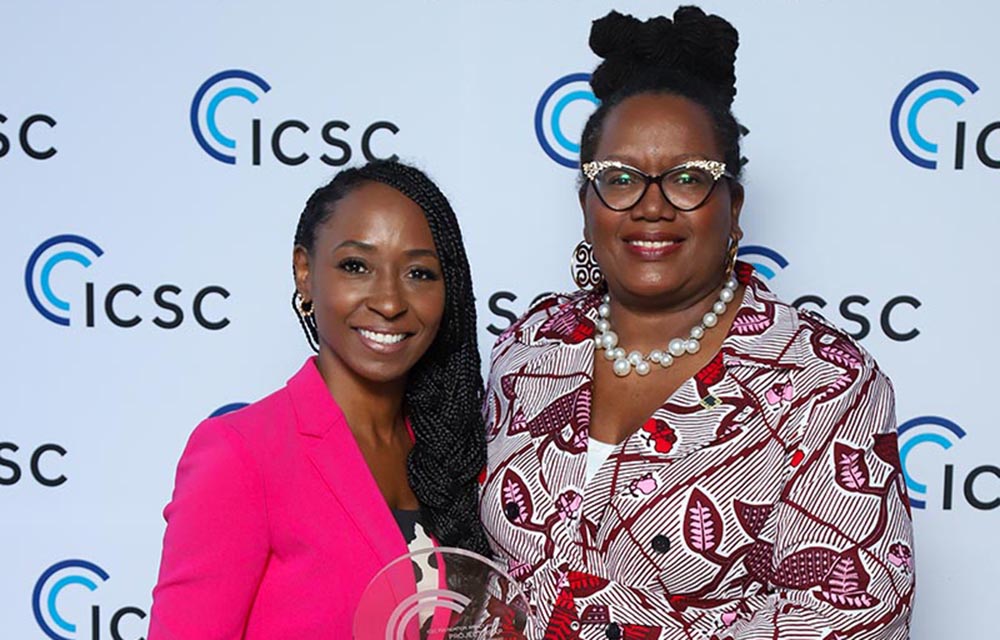Rockland-bound span of gov. Mario Cuomo Bridge opens to traffic

Tarrytown, NY Governor Andrew Cuomo celebrated the opening of the first span of the governor Mario Cuomo Bridge, a twin-span cable-stayed crossing that will serve the Hudson Valley for the next century. The governor commemorated the milestone with a ribbon-cutting ceremony that featured more than 800 dignitaries and residents from Rockland and Westchester counties on the cable-stayed area of the first span. The construction project is one of the largest in the nation and the biggest in the history of the New York State Thruway Authority.

Governor, New York
“The new Mario Cuomo Bridge is much more than a magnificent, cutting-edge structure, it is a symbol for this state and this nation. The opening of this new span shows the world that we have our energy and our boldness back, that we will continue to accomplish greats things, and that we are building bigger and better than we have in decades,” governor Cuomo said. “Excelsior reminds us that the motto of this state says reach even higher, and we’re not only building a new bridge with this in mind - we are building a new state and a stronger economy. This historic project is providing quality jobs, hope and opportunity to both residents and visitors of this state, and I look forward to future generations of New Yorkers crossing the Hudson River on this new bridge for the next 100 years.”
At governor Cuomo’s direction, the New York State Thruway Authority has managed the bridge replacement project since 2013 with two fundamental objectives—to fully open the bridge to traffic in 2018, and to finish the bridge at or below the budgeted cost of $3.98 billion. Currently, the project remains on budget and on schedule, as construction of its second span continues to progress.
When completed, drivers will reap the full benefits of the 3.1-mile twin-span, which will include:
• Eight general traffic lanes;
• Four breakdown and emergency lanes;
• Space for future bus rapid transit and commuter rail;
• A bicycle and walking path with six viewing areas;
• Cashless tolling; and
• Energy-efficient LED lighting.
The bridge partially opened to four lanes of Rockland-bound traffic on August 25. For the next few months, northbound/westbound drivers on the NYS Thruway (I-87/I-287) will cross the Hudson River on the new bridge, while southbound/eastbound drivers will use the old bridge, each having four traffic lanes available.
Later this fall, the new bridge will completely replace the 62-year-old Tappan Zee Bridge when four lanes of Westchester-bound traffic are also shifted onto the first span. After all traffic has been shifted onto the first span, design-builder Tappan Zee Constructors will demolish the landings of the old bridge, which occupy the same footprint of the second span, and connect the second span to land.
The original Tappan Zee Bridge, linking Rockland and Westchester, opened in December 1955 and there are now more than 140,000 vehicles crossing it daily.
As the first cable-stayed bridge ever built across the Hudson River, the new governor Mario Cuomo Bridge uses steel cables placed at an angle to connect the bridge deck to vertical towers that extend high above the roadway. The bridge features eight 419-foot towers standing at a five-degree angle, and has a total of 192 stay cables that would stretch 14 miles if laid end-to-end. More than 110,000 tons of all-American steel is being used to build the bridge, and approximately 7,000 people have contributed to the project to date, totaling nearly 9 million work hours.
The project has been recognized across the nation, including by former President Barack Obama, who put it at the top of his list of critical infrastructure priority projects. Once complete, the governor Mario Cuomo Bridge will not only connect the Hudson Valley, it will serve as the main conduit between Upstate and the New York City metropolitan region.
This project is using the design-build construction process which Governor Cuomo championed and brought to New York. The process incentivizes the private sector to be creative on methods that speed construction time and reduce cost, while the state also achieves more cost certainty. Tappan Zee Constructors is responsible for both the design and construction. This model is being used across New York’s large infrastructure projects including on the new Kosciuszko Bridge in New York City. That project opened its first span in late April.
The New York State Thruway Authority is the owner of the project to replace the Tappan Zee Bridge; Tappan Zee Constructors is the consortium designing and building the new bridge.
AmTrustRE completes $211m acquisition of 260 Madison Ave.


AI comes to public relations, but be cautious, experts say - by Harry Zlokower

Behind the post: Why reels, stories, and shorts work for CRE (and how to use them) - by Kimberly Zar Bloorian

Lasting effects of eminent domain on commercial development - by Sebastian Jablonski









.jpg)

.gif)